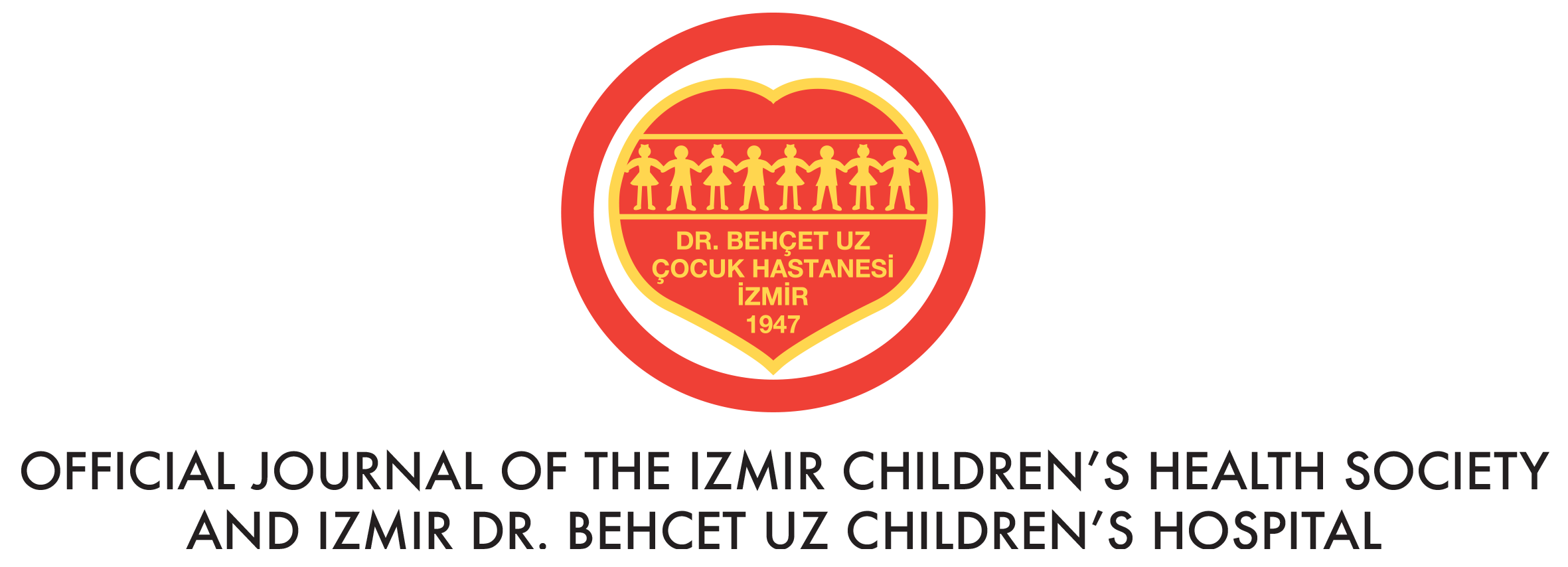Abstract
OBJECTIVE
Necrotizing enterocolitis (NEC) is one of the most common gastrointestinal emergencies in the newborn infant. NEC occurs in 1 to 3 per 1000 live births and 1 to 7.7 percent of admissions to neonatal intensive care units (NICUs) The incidence decreases with increasing gestational age and birth weight, and is about 6 to 7 percent in very low birth weight infants (birth weight less than 1500 g). We conducted a national multicenter assessment of NEC in NICUs to determine the prevalence of infections, describe of associated risk factors.
METHODS
We conducted a point prevalence survey of NEC in 38 NICUs. Patients present on the survey date were included. Data on demographics, underlying diagnoses, therapeutic interventions/treatments, infections, and outcomes were collected for all NICU patients.
RESULTS
A total of 933 patients in 38 NICUs participated in the study, 39 of whom had NEC, corresponding to a prevalence of 4.2%. The stage of NEC patients were reported as 14 patients (35.8%) stage 1, 16 patients (41%) stage 2 and nine patients (%23) stage 3. Causative microorganisms were isolated in seven (17.9%) patients with NEC. This pathogens were Klebsiella pneumoniae (3 infections, 12.9%) coagulase negative Staphylococcus (2 time infections, 5.1%), and Candida spp. (2 infections, 5.1%). The risk factors for NEC were total parenteral nutrition (TPN), gestation age ≤ 32 week and previous surgical operation. NEC were found to be a risk factor for neonatal mortality (p=0,017).
CONCLUSION
This national multicenter study documented the high prevalence of NICU-acquired infections. Preventing these infections should be national priority.



